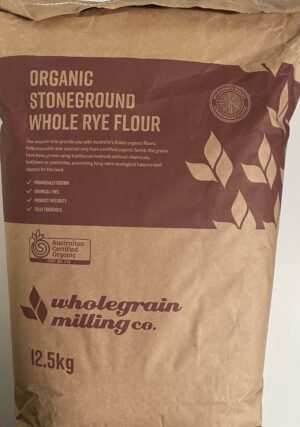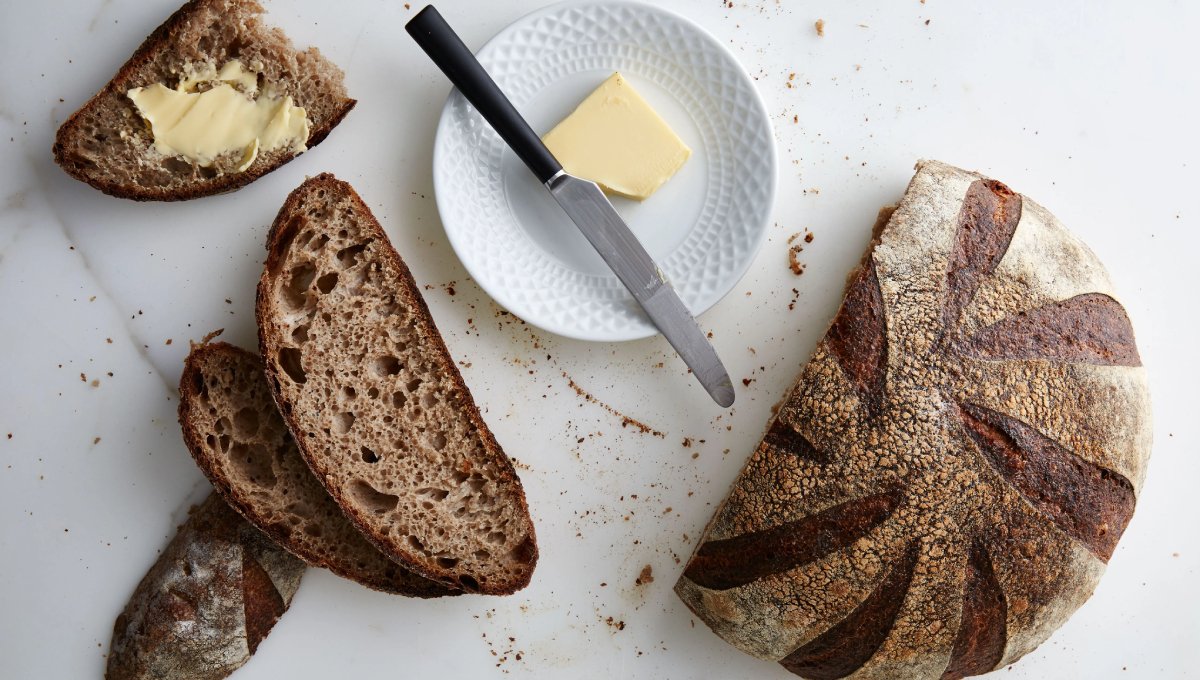Navigating the world of sourdough can sometimes feel like learning a new language. This guide aims to demystify the most commonly used Sourdough Terms, ensuring that bakery enthusiasts, whether beginners or advanced, have a clear understanding of the lingo.
You might also like: Oval Sourdough Scoring: Techniques and Tips for Perfect Breads.
Table of Content
Key Sourdough Terms for Beginners
The process of making sourdough bread has its unique jargon. Here’s a list of essential Sourdough Terms to help those new to the craft:
- Starter: A fermented mixture of water, flour, and wild yeast that helps the bread rise.
- Levain: A subset of the starter used in the actual dough mix for baking.
- Bulk Fermentation: The primary rising period after the ingredients are mixed.
- Autolyse: The process where flour and water are mixed and left to rest, aiding gluten development.
- Folding: A gentle method of kneading the dough to build strength without deflating it.
Understanding these Sourdough Terms is the first step to grasping the nuances of sourdough baking. But as you delve deeper, you’ll encounter more advanced terminology.
Advanced Sourdough Terms for the Avid Baker
For those who’ve already dipped their toes into the world of sourdough, here’s a list of more advanced Sourdough Terms:
- Retardation: Slowing down the fermentation process by refrigerating the dough.
- Hydration: Refers to the amount of water in the dough, usually expressed as a percentage of the flour’s weight.
- Lame: A razor blade or sharp knife used to score the bread before baking.
- Oven Spring: The rapid rise of the dough in the oven due to the expansion of gas.
- Proofing: The final rise of the shaped bread before it goes into the oven.
Diving deeper into the world of sourdough and its intricate processes is truly a fascinating journey. Having a firm grasp of the Sourdough Terms, both basic and advanced, can greatly enhance your baking experience, making the adventure all the more rewarding.






